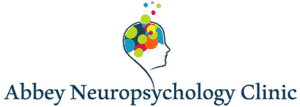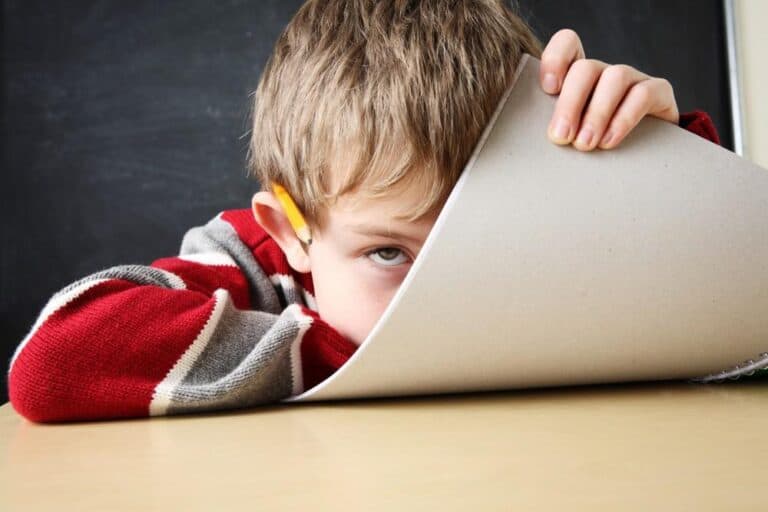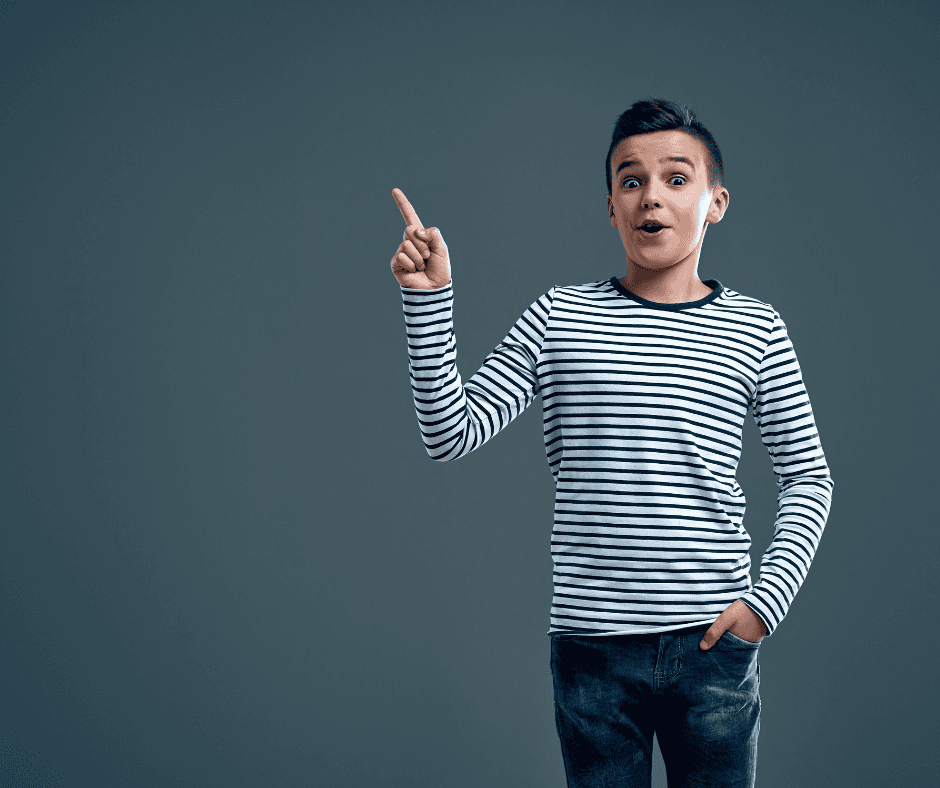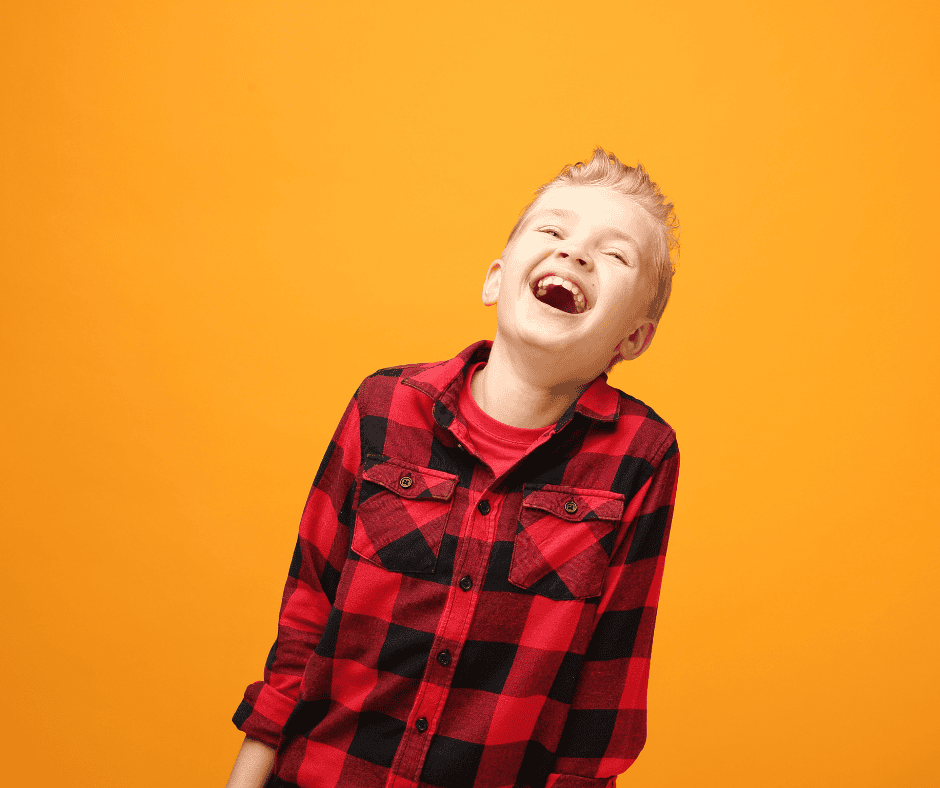It wasn’t that long ago that attention deficit hyperactivity disorder (ADHD) was attached as a diagnosis only to children. Along with a better understanding of this neurological condition came an expansion of the patient pool. Mental health professionals now recognize ADHD as potentially affecting people of any age.
There are, however, differences in the way that ADHD manifests in adults and children. Regardless of age, diagnosis can be difficult since virtually everyone displays behavior that’s symptomatic of ADHD at one time or other. Typically, patients only receive treatment when symptoms become severe enough to disrupt more than one area of their lives. This could be home and school life for children, or socially and at work for adults.
Regardless of your age, contact Abbey Neuropsychology Clinic in Palo Alto, California when the effects of ADHD interfere with activities of daily living. Our clinical staff’s collaborative, multidisciplinary approach permits personalized treatment, helping to minimize ADHD symptoms.
Components of ADHD
There are three general components that comprise the condition, though you don’t need all three for an ADHD diagnosis:
- Hyperactivity
- Impulsiveness
- Inattention
Typically, symptoms are more obvious in children because they haven’t yet developed the instinctive coping mechanisms as adults often do. This is one reason why ADHD presents differently between children and adults.
Hyperactivity
In children, hyperactivity most often seems like normal, high-energy child’s behavior, though the ADHD patient often displays an out-of-control element. Their restlessness is constant, and they can’t reign in their fidgeting or squirming. Hyperactive traits go above and beyond normal age-appropriate levels in severity, duration, or both.
Adults with ADHD tend to show restlessness more than bouncing-off-the-wall-type energy. They may have trouble sitting still through movies or meetings, and they’re often described as always on the go. The ADHD adult may bore easily with familiar tasks, and they may not respond well when they feel frustrated.
Impulsiveness
In group situations, ADHD behavior in children and adults may involve speaking out of order or acting without thought to consequences. Adult ADHD traits include impulsiveness in more “grown up” experiences, such as with spending sprees, interrupting and monopolizing conversations, or choosing risky activities like careless driving habits.
Inattention
Perhaps the closest resemblance between children and adults with ADHD comes with inattention symptoms. The ADHD patient is more likely to:
- Lose everyday items like school supplies, keys, or eyeglasses
- Make careless, “should know better” types of mistakes
- Avoid attention to detail in tasks
- Leave tasks or projects incomplete
- Show distraction easily, with constantly shifting attention
The biggest differences produced by ADHD inattention symptoms are typically in the consequences. For the child, it may be failing grades or behavioral issues at school, while the adult could see poor performance reviews at work and frequent job loss, and perhaps, signs of neglect in their home life.
Dr. Richard Abbey and the team of clinicians at Abbey Neuropsychology Clinic are ADHD specialists. Skilled in both the diagnosis and treatment of these disorders, the team is well-placed to offer effective, constructive therapy options for you or your family. Contact Abbey Neuropsychology Clinic today at 650-215-6840 or send us a message online to schedule your consultation.






